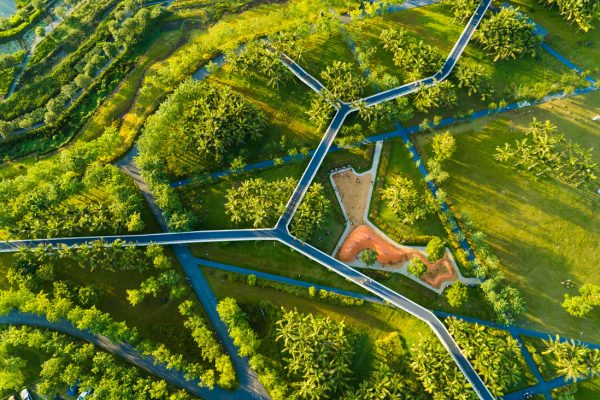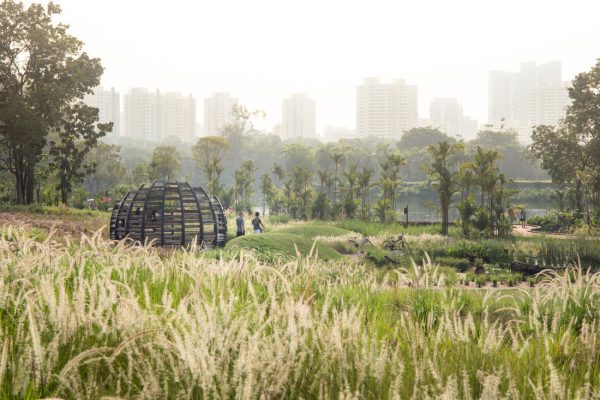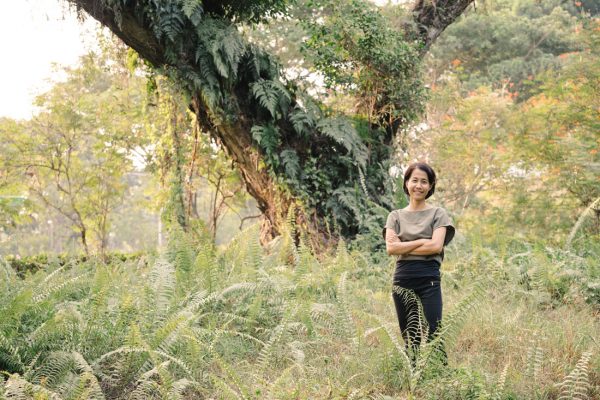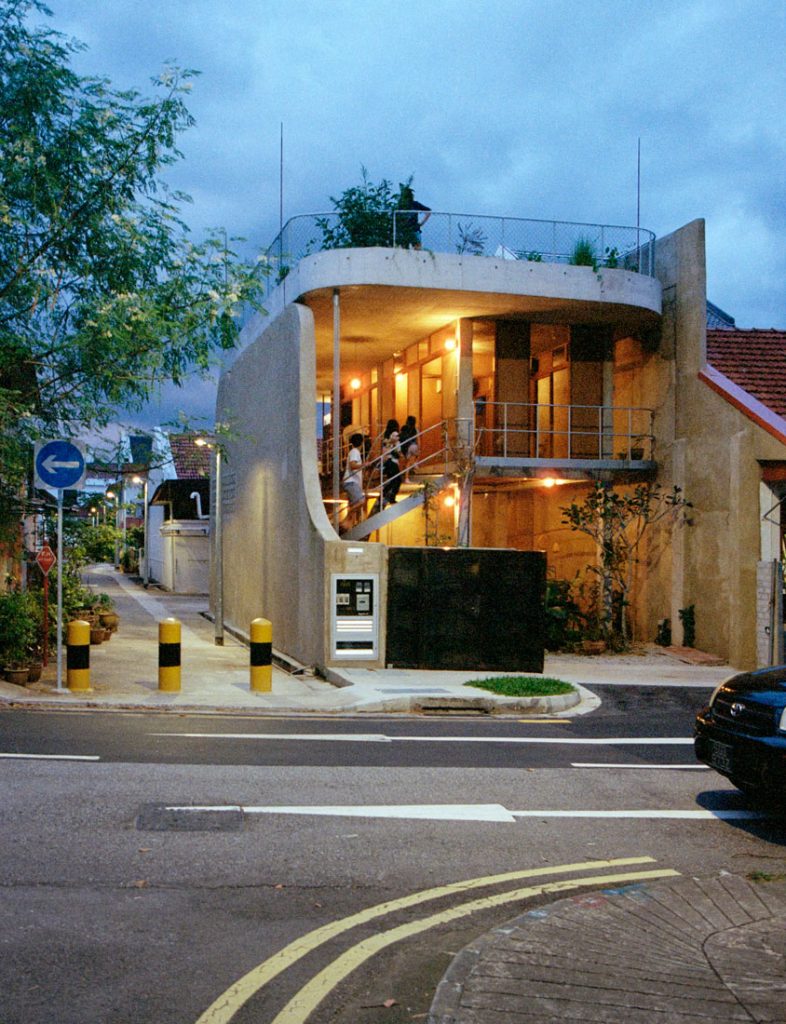Cubes issue 97 is out now! It celebrates design that aligns with natural systems and offers valuable lessons in how we could create better environments by thinking far beyond ourselves.

Cubes 97: Re-Nature. On the cover is Fade To Green, a private residential project by HYLA Architects. Photo by Derek Swalwell, courtesy of HYLA Architects
October 8th, 2019
It refers to the idea of restoring semblances of nature – via green and blue – to urban areas. Of course, if done sensitively, this can have obvious positive impacts on the wellbeing of not just people, but the wider ecosystem as well.

Meishe River Greenway and Fengxiang Park by Turenscape. Photo by Dr Kongjian Yu, courtesy of Turenscape
But the very idea of restoring ‘nature’ – something we traditionally think of as being separate from human influence – by the human hand is where things get interesting.
We developed this issue with a mind to the impact (already being felt) of climate change in Asia, and the potential for plants, water and the associated biological systems to help mediate its effects.

Lakeside Garden at Jurong Lake Gardens, by CPG Consultants and Ramboll Studio Dreiseitl. Photo courtesy of Ramboll Studio Dreiseitl Singapore
Certainly, a greater emphasis on ecosystem thinking in city environments can have beneficial outcomes, and we have unearthed some wonderful examples of projects that show just that.
Some of the threads of investigations in this issue include:
But what do we really think of as ‘nature’? Perhaps it is too late in the scheme of human influence to even use that term with its original meaning.
What we celebrate in this issue is design efforts that find benefit in the alignment with natural systems – that offer valuable lessons in how we could create better environments (higher performing, more enjoyable, healthier and more inclusive) by thinking far beyond ourselves.

Yun Hye Hwang. Portrait by Khoo Guo Jie
I hope you enjoy the admirable rewilding efforts of Yun Hye Hwang, the nature-based infrastructure of Turenscape and the ongoing evolution of Linghao Architects’ dematerialisation of the residential enclosure.

House by Linghao Architects. Photo by Fabian Ong, courtesy of Linghao Architects
There’ll be plenty more critical ideas bouncing around on Saturday 12 October, when we bring Singapore’s architecture and design community together again for our Saturday Indesign event.
I hope you’ll join us for a full and lively day of product showcases, special installations, workshops, networking, and of course our Design Conversations series.
And don’t forget that entries to our regional INDE.Awards 2020 open soon. Next year we’ll be celebrating the best of the decade. Make a beeline for indeawards.com and make 2020 your year.
A searchable and comprehensive guide for specifying leading products and their suppliers
Keep up to date with the latest and greatest from our industry BFF's!

Within the intimate confines of compact living, where space is at a premium, efficiency is critical and dining out often trumps home cooking, Gaggenau’s 400 Series Culinary Drawer proves that limited space can, in fact, unlock unlimited culinary possibilities.

BLANCOCULINA-S II Sensor promotes water efficiency and reduces waste, representing a leap forward in faucet technology.
The internet never sleeps! Here's the stuff you might have missed

Aunty Agnes Shea High School acknowledges historical connections to Country while providing a framework for future generations to engage with First Nations knowledge and traditions.

In this exclusive interview for SpeakingOut!, Ross Gardam shares insights into his design philosophy, the making of his award-winning Méne light, and the evolving landscape of sustainable craftsmanship.